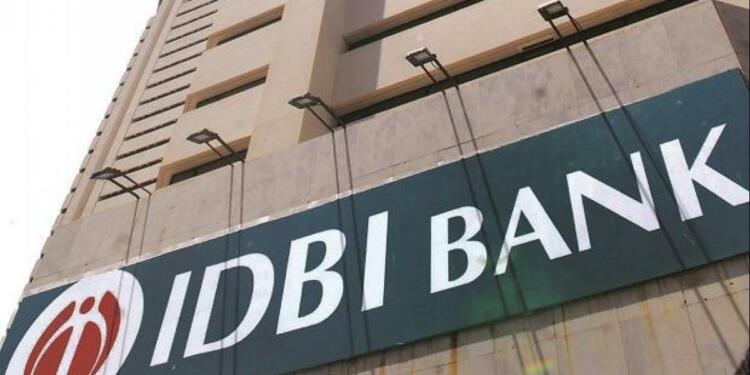The government of India is moving forward with the privatisation of Public Sector Banks (PSBs) starting with IDBI bank. According to a Business Standard report, the government will be in direct consultation with the Reserve Bank of India (RBI) to form a new security clearance framework for screening potential bidders of PSBs. The process would be different from the privatisation of any other PSU as more restrictions and measures will be embedded in the process.
Department of Investment and Public Asset Management (DIPAM) has been tasked to draw a framework to ease the work of RBI in selecting the appropriate candidate.
Scrutiny of the applicants
The RBI and government will be scrutinising the applicant’s integrity, reputation, track record in financial matters, tax laws compliance, ongoing proceedings of serious disciplinary or criminal nature, and financial misconduct amongst other metrics.
Reportedly, the government is looking to sell 45.48 per cent of its shareholding in IDBI Bank. Meanwhile, Life Insurance Corporation of India (LIC) will also sell 49.24 percent of its stake to transfer the management control to the new buyer.
Two other public banks to be privatised in addition to IDBI Bank: Nirmala Sitharaman
As reported by TFI, earlier this year, Union Finance Minister Nirmala Sitharaman in her Union Budget speech had announced that the central government would reduce its stake in two public sector banks, apart from IDBI Bank. The Business Standard report states that the Central Bank of India and IOB may be privatised.

A high-level panel headed by Cabinet Secretary Rajiv Gauba had recommended the names after NITI Ayog identified suitable candidates for the privatisation process.
Moreover, to expedite the process, the government is mulling granting Voluntary Retirement Scheme (VRS) to the employees of the said banks. It will help the government get rid of the extra flab, making the banks leaner and trimmer, ready for instant takeover by the private sector. Moreover, it would create vacancies which could be filled by the youth of the country, thereby, generating employment.
Read more: By making voluntary retirement an attractive scheme, govt is solving two issues in one go
Indian Banking sector – a mess
The Indian banking sector is in a deep mess. Despite the best efforts of the government, the banking sector in the country, dominated by the public sector banks (PSBs), improved only a little. Insolvency and Bankruptcy Code (IBC), one of the best resolution and liquidation systems set up by any country, has improved the PSBs on the Non-performing Assets (NPAs) front, but the other metrics of the majority of the public sector banks remain poor.
The reason behind this lackluster performance of the Indian banking sector is the domination of public sector banks (PSBs) which account for around 70 per cent of the country’s banking industry.
It has been almost five decades since Indira Gandhi nationalised banking in 1969, intending to improve lending in ‘strategic areas’, but since then the banking story of the country only got worse.
Poor performance of PSBs
In the 2019-20 economic survey, the policymakers argued that India should have at least six banks at the top, while we have only one – SBI. Even countries like Finland, Austria, and Denmark perform better than India.
The survey observed, “India’s banks are disproportionately small, compared to the size of its economy. In 2019, when the Indian economy is the fifth-largest in the world, our highest ranked bank—State Bank of India— is a lowly 55th in the world and is the only bank to be ranked in the Global top 100.”
The primary reason behind the poor performance of Indian banks is the domination of the public sector in the banking industry. The PSBs are well known for their inefficiency and lethargy. Most of them operate under public pressure and give loans on phone calls.
The investor confidence in PSBs is so low that the market capitalisation of all PSBs is lower than that of HDFC. HDFC is a single private sector bank that is valued more than all public sector banks of the country.
The framework being developed might help the Modi government expedite the process of privatisation of banks. If India wants to achieve sustained double-digit economic growth, the banking sector needs to get back on track.





























